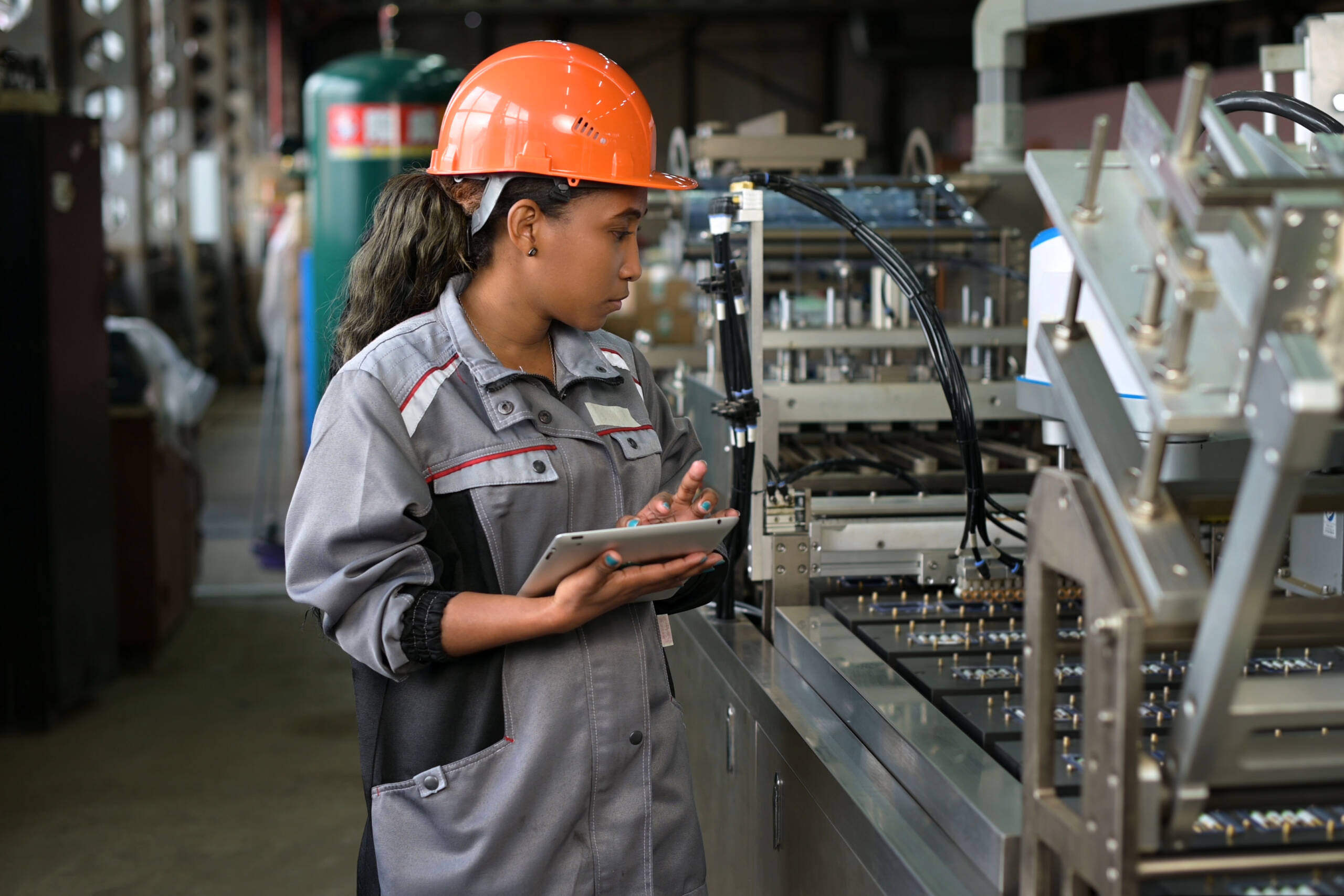Unlock the Secrets to Increased Productivity with Redzone's Newly Released Benchmark Report! Download Today
May 2, 2023

Manufacturing is embracing modularity – facilities that are designed and developed offsite and then brought to companies’ desired locations, according to a new report from ResearchAndMarkets. Industry owners favor modular buildings’ speed, cost, and design advantages, which bring greater predictability to their business, the report states.
Choosing modular facilities over stick-built ones enables manufacturers to accomplish multiple business goals simultaneously. These goals include:
According to the report:
Modular biomanufacturing includes division of individual production processes, such as fermentation, purification and formulation, into separate modules that can be easily assembled and disassembled, allowing for flexibility and scalability.
So, what does this mean for manufacturers? With modular facilities, companies have a strategic tool they can use to increase capacity, enter new regions, and expand site networks. However, with more staff working across a greater number of locations, the pressure is on to streamline operations and scale processes across sites.
QAD Redzone helps by digitizing key processes related to production, maintenance, compliance, and learning. The solution provides workers with the data, insights, and tools they need to optimize production by proactively solving these problems.
Digitizing documents such as standards, standard operating procedures, and compliance records means everyone uses the same procedures and can access the same data at any time. With greater adherence to standards, manufacturers are able to reduce safety violations, improve product quality, and notch other gains. That’s important in any industry, but especially for pharmaceutical and biotechnology companies moving to a modular manufacturing model.
In addition, workers can develop and share knowledge across lines, shifts, and sites with video plays and comments they add to QAD Redzone. These plays can be easily created by workers using smartphones, democratizing information sharing. And as plays are added, more workers join in.
With an ongoing shortage of manufacturing workers, being able to centralize and expand knowledge makes it easier to train new workers and speed their time to productivity. In addition, companies mitigate the risks of workers retiring or departing and taking knowledge with them by creating digital knowledge hubs anyone can access and leverage.
Building for modularity is an exciting trend for manufacturing that will help companies align capacity with growth and create significant new business advantages. As they deploy more sites and build out networks, manufacturers can use QAD Redzone to create a world-class production environment and establish a culture of continuous improvement, starting on day one.
Twice the Frontline Engagement: Priceless A spring in the step, a smil...


Contact us and let's begin empowering your frontline and growing your bottomline.
